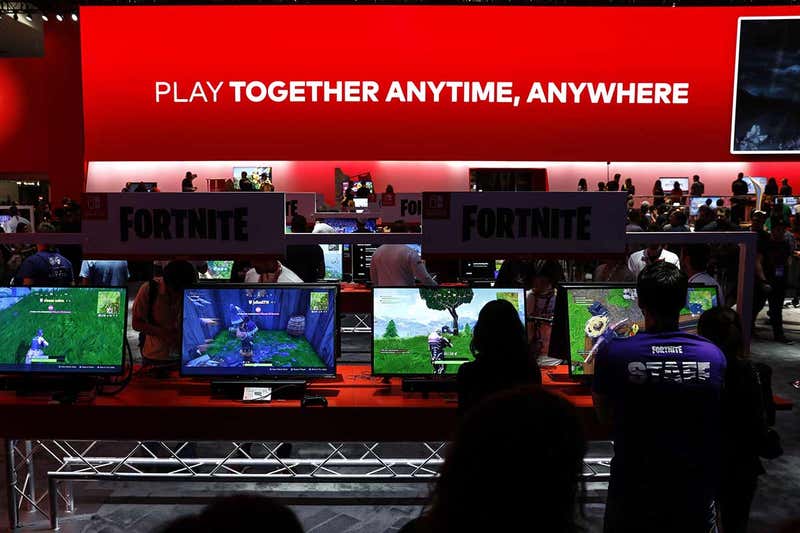

As the doors of the E3 gaming jamboree open in Los Angeles today, the focus is not just to the most-anticipated new titles, but how we will play games in the future. Sometimes dubbed the Netflix of gaming, cloud gaming has hogged the limelight, with Google announcing a November launch of its Stadia service and Microsoft promising a preview of its xCloud one this autumn. There is speculation Amazon could soon join the fray.
The premise is that all the hardware-intensive processing for the game is done centrally on a company’s servers, and then streamed, as Google puts it, to“any type of screen—whether it’s a TV, laptop, desktop, tablet or mobile phone.”
The Netflix comparison may be slightly misleading – Stadia will still require people to buy titles as well as pay a monthly fee – but is a useful yardstick for the societal impact cloud gaming could have. Video streaming is the biggest source of internet traffic today, at 58 per cent. Netflix alone is 15 per cent. Gaming is a minnow at 8 per cent but network hardware firm Cisco says it could quickly become one of the biggest traffic hogs if it takes off.
That would have big ramifications for the energy that gaming consumes, and the resulting climate change impact. Cloud gaming involves not just the electricity used by local devices for the game, such as a TV and console, but the electricity used for the servers, all the network infrastructure to deliver it to the gamer, and the gamer’s device with a screen. Even removing the energy demand of the console, the net effect is still an increase.
Electricity demand from gaming in California alone could grow from 5 terawatt hours in 2011 to much as 11 terawatt hours by 2021, the same as Sri Lanka’s entire consumption, due of a combination of cloud gaming and more gaming on PCs, according to a recent report commissioned by the California Energy Commission.
Gary Cook of Greenpeace says: “Cloud gaming will certainly drive significant additional data and energy demand from the data centers and networks deployed to maintain it.”
Possible benefits
Handling the processing for games centrally could have some energy benefits. Google notes it matches its data centres’ growing energy hunger with contracts to buy electricity from wind and solar farms. Data centres’ energy demand, however, is eclipsed by the electricity used by network involved in delivering our data. “Google can’t control that,” says Mike Hazas at Lancaster University.
Energy efficiency improvements in data centres should offset some increase in electricity demand. But even that opportunity is limited by the fractured nature of who owns data centres and runs the servers in them, which can “confound this potential”, says Norm Bourassa of Berkeley Labs.
Ultimately, cloud gaming is likely to increase energy use because it looks likely to create more gamers. “This sort of service is clearly meant to make more games accessible to more people. It’s likely to bring more people in,” says Hazas.
There is also the danger that the energy footprint of gaming becomes invisible, and leads us to care less about it. Any gamer with a high-end PC will know how hot they can run, and may even be aware of its hit on their energy bills. “You basically just offshore it [with cloud gaming],” says Cook.
Still, the environmental impact of cloud gaming will hinge on the speed of its uptake. History shows when technology changes, legacy technology still carries on alongside it for a time, says Hazas. Many of us are talking about Netflix, but people still watch Blu-Ray films and may still use an old Xbox for a while yet.
[“source=newscientist”]

